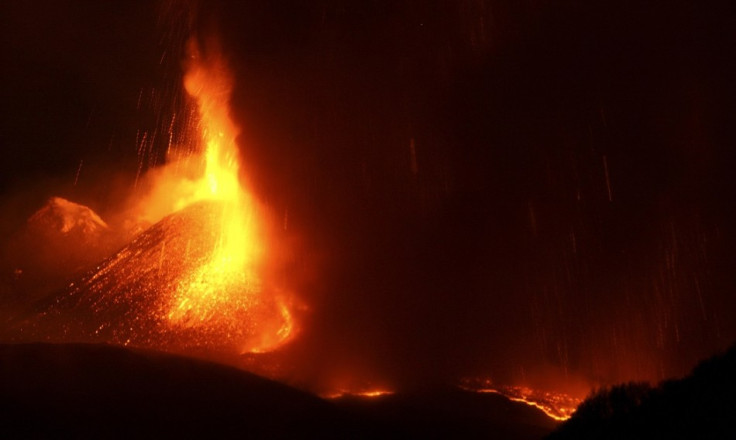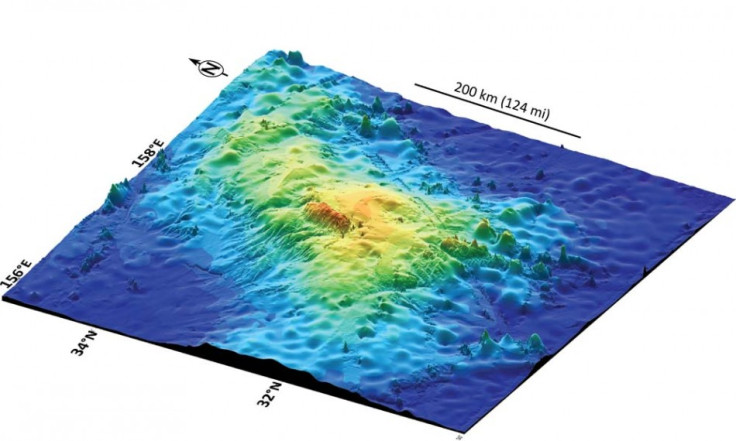Tamu Massif: Volcano the Size of British Isles is Biggest in the World

A volcano the size of the British Isles is the biggest ever to be discovered on Earth, scientists have confirmed.
The Tamu Massif volcano is located around 1,000 miles east of Japan and is the largest feature of the Shatsky Rise, an underwater mountain range that formed around 140 million years ago by the eruption of several underwater volcanoes.
It covers an area roughly the size of the state of New Mexico and is nearly as big as the giant volcanoes of Mars, meaning it is one of the largest in the solar system.
Researchers at the University of Houston began studying the volcano two decades ago but it was always unclear whether Tamu Massif was a composite of many eruption points or a single volcano.
The team have now confirmed it is one huge volcano that erupts from a single source near its centre.

William Sager, a professor in the Department of Earth and Atmospheric Sciences at the University of Houston, said: "Tamu Massif is the biggest single shield volcano ever discovered on Earth. There may be larger volcanoes, because there are bigger igneous features out there such as the Ontong Java Plateau, but we don't know if these features are one volcano or complexes of volcanoes."
Tamu Massif lies around 6,500 feet below the surface of the ocean and covers around 120,000 square miles. In comparison, Hawaii's Mauna Loa, the largest active volcano on the planet, is around 2,000 square miles.
It is low and broad, meaning its lava must have travelled very long distances compared with most volcanoes on Earth.

"It's not high, but very wide, so the flank slopes are very gradual," Sager said. "In fact, if you were standing on its flank, you would have trouble telling which way is downhill. We know that it is a single immense volcano constructed from massive lava flows that emanated from the center of the volcano to form a broad, shield-like shape.
"Before now, we didn't know this because oceanic plateaus are huge features hidden beneath the sea. They have found a good place to hide."
He said Tamu Massif became inactive a few million years after it was formed and offers important clues about our planet: "It's shape is different from any other sub-marine volcano found on Earth, and it's very possible it can give us some clues about how massive volcanoes can form.
"An immense amount of magma came from the centre, and this magma had to have come from the Earth's mantle. So this is important information for geologists trying to understand how the Earth's interior works."
© Copyright IBTimes 2025. All rights reserved.






















